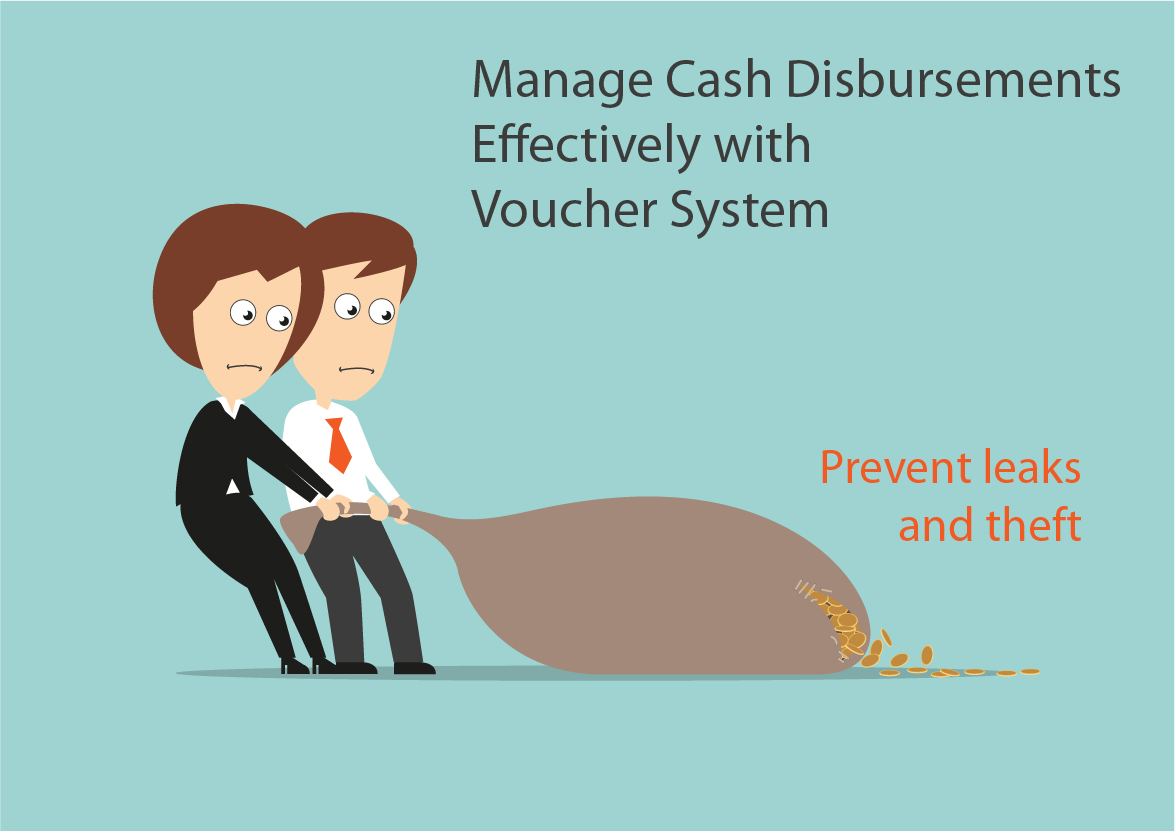Being the Treasurer or Chief Financial Officer (CFO) of our company, every work day I deal with various financial transactions and decisions such as contracts management, customer billing and collection, purchase of capital assets, payment of loans, payment of expenses (salary, employee contributions, rent, utilities, taxes, etc.) payment of vendors or suppliers, bank reconciliations, decisions on short-term and long-term investments, preparation of financial reports, budgets, and forecasts, product costing, and so on. There are times it can be overwhelming and I feel disorganized.
As a business owner, I know that you have many responsibilities and tasks in your daily schedule. Adding the responsibility of managing your business financial transactions can take a significant amount of your time, and will leave you no time left for your more important responsibilities. As such, you hire an employee or outsource it to another third party provider, to manage your accounting and finance for you. However, despite having someone else to do it, from time to time, you may still be dealing with some of the following worries and inconveniences, especially with regards to your cash disbursements:
- Disorganised purchase and expense documents;
- Theft or fraud committed by employees and/or other third parties;
- Uncontrolled increase in expenditures or disbursements ;
- Unmonitored and missed bills or payables that are already due;
- Payment of penalties and interest ono past due obligations;
- Unexplained bank withdrawals or disbursements;
- Lack of control and peace of mind with regards to financial standing of your business;
- and so on.
To minimize your worries and inconveniences, plus maintain control, you may opt to establish the voucher system in your business accounting processes.
What is a Voucher System?
A voucher system is an internal control procedure in accounting to ensure that every disbursements or payments made by the business are properly documented with supporting evidence such as invoices, receipts, and so on; that goods and/or services are actually received from valid suppliers and/or vendors; that the description or nature of payment is known and clear; that the cash disbursed is authorized and approved; that the disbursement is controlled with voucher series number to ensure completeness; and last but not the least, that any fraud or theft will be eliminated or minimized.
How to do the Voucher System?
Before we discuss the “how to’s”, let’s first discuss the general purchase process flow and see where the voucher is done.
Purchase Process Flow: Request > Order > Receipt of Good/Service > Vendor’s Invoice > VOUCHER > Vendor’s Receipt
Note: The general purchase process flow will be discussed in detail in another article.
Now that we have an overview of the general purchase process flow, let’s discuss the “how to’s” in the voucher system.
1) Identify the transactions due for payment
In general it includes the following:
- expense to be paid in cash;
- replenishment of petty cash fund;
- payment of accounts payable
- payment of loan;
- purchase of asset;
- and so on.
2) Collect supporting document, as proof.
Such as the following:
- vendor’s invoices and/or receipts;
- contracts or agreements;
- purchase orders or requests;
- and so on
3) Prepare the voucher
Ensure you have the following details for completeness:
- payee or vendor name;
- voucher series number;
- vendor’s invoice number and/or delivery receipt number;
- purchase order and/or request, if applicable;
- date voucher is prepared;
- amount due to be paid;
- due date of payment;
- details and/or nature of the transaction;
- accounting title or code to be debited and credited;
- source of funds or cash;
- and so on
4) Record and print voucher
When recording, identify the source of funds and the type of voucher to be prepared: cash, check or petty cash voucher. Each will be discussed in detail in another article.
5) Attach supporting documents
In the printed voucher, attach supporting documents such as the vendor’s invoice, purchase order, and so on.
6) Preparers Signature
Person assigned to prepare the voucher must write complete name, date prepared and signature. Forward the signed voucher, with attached supporting document, for review and approval.
7) Check and Approval
The voucher and supporting documents will be checked by the owner, treasurer or any authorized person for verification of validity and completeness before approval. Once voucher is approved, the approver will write complete name, date approved and signature. It will then return the voucher with attached supporting document to the preparer for payment.
8) Cash Disbursement
Preparer can now release the cash for disbursement or payment. The person receiving the cash must write complete name, date received and signature.
9) Vendor’s Proof of Payment
Preparer must follow-up the payee or vendor for official or collection receipt, if applicable. Attach it to the voucher.
10) Filing and Safekeeping of Voucher
File the voucher and all supporting documents in a voucher filing folder for safekeeping and future references. Arrange the vouchers in chronological order .
Importance of the Voucher System
Due to the sequential procedure and clear division of work in a voucher system, it gives the business (and the owner(s)) control and peace of mind with regards to their cash disbursements. Because they know that they have the voucher system in place to eliminate or minimise risks associated with disorganised records.
I hope this article has been helpful in understanding the relevance of the voucher system in your business accounting.


Leave a Reply